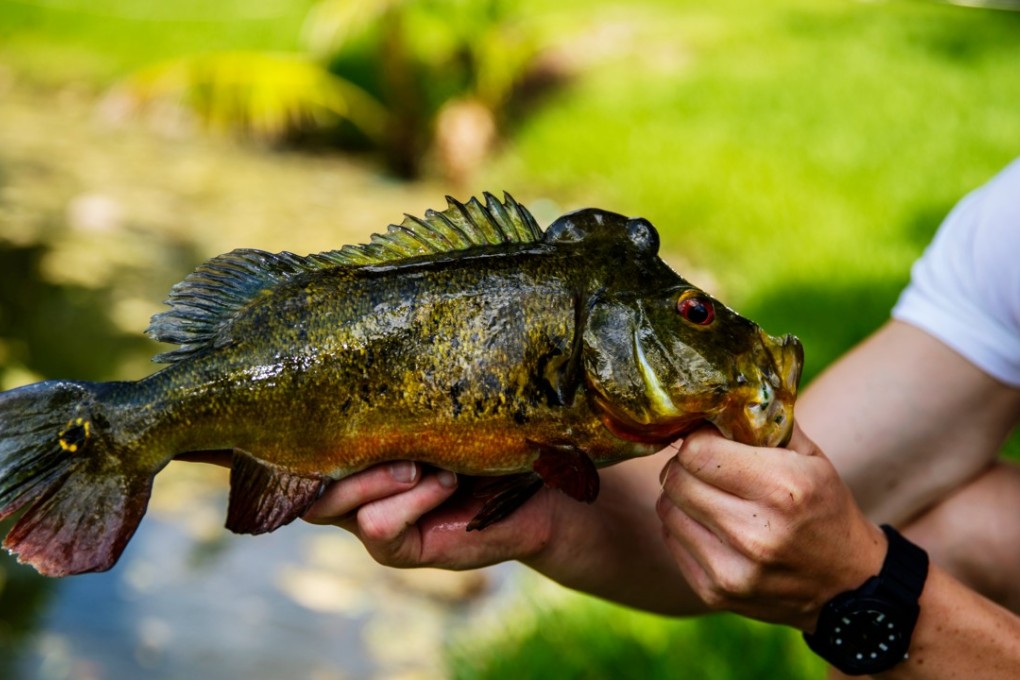Set Nemo free in the ocean? Think twice: invasive fish species harm local ecosystems

Lately, news has surfaced of the discovery of two new foreign predatory fish known as the eartheater and the black ghost knifefish. Experts warn about the devastating implications these aquatic nuisance species have on waterways and aquatic life.
Ecosystems around the world have been dramatically altered as fish species are introduced, whether for commercial fishing stock or the aquarium trade.
Humans are experts at helping species move from their native habitat into new territory. The new habitat may suit the invader fish so well that the results are catastrophic for local species. They are able to multiply at a very rapid rate and, in the absence of a predator, are wiping out many of our native river species.
Reversing the damage is challenging and at times unsuccessful. Prevention is the key to avoiding invasive threats to native aquatic ecosystems.